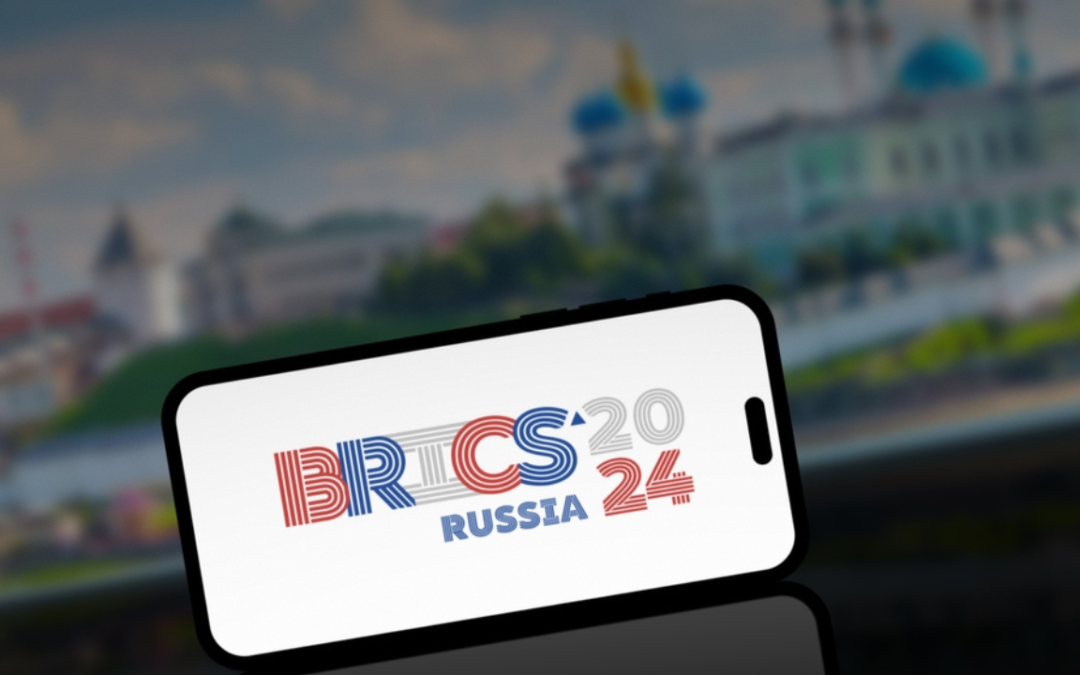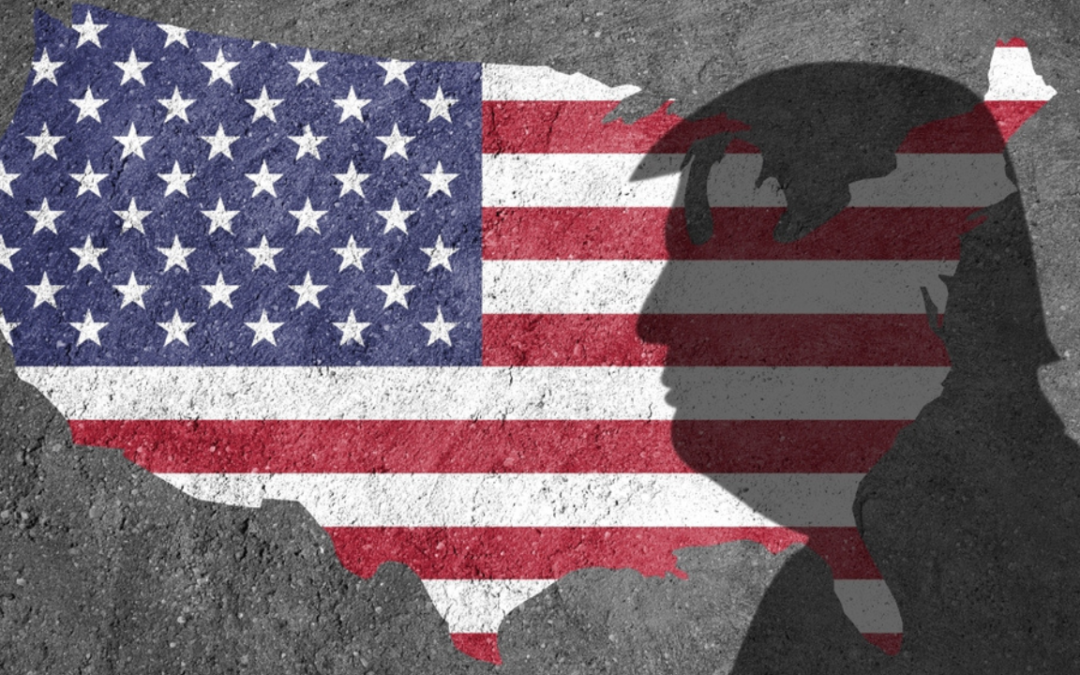Originally published on the World Economic Forum | November 12, 2015
Today’s world is more economically and financially integrated than at any time since the latter half of the nineteenth century. But policymaking – particularly central banking – remains anachronistically national and parochial. Isn’t it time to re-think the global monetary (non)system? In particular, wouldn’t a single global central bank and a world currency make more sense than our confusing, inefficient, and outdated assemblage of national monetary policies and currencies?
Technology is now reaching the point where a common digital currency, enabled by near-universal mobile phone adoption, certainly makes this possible. And however farfetched a global currency may sound, recall that before World War I, ditching the gold standard seemed equally implausible.
The current system is both risky and inefficient. Different monies are not only a nuisance for tourists who arrive home with pockets full of unspendable foreign coins. Global firms waste time and resources on largely futile efforts to hedge currency risk (benefiting only the banks that act as middlemen). Continue Reading.



